Short-eared Owl Invasion Winter 20-21
by: Sherri Leigh Smith
For the long pandemic winter that is upon us, the natural world has provided socially distanced distractions one can enjoy. In addition to the general, but somewhat sporadic finch flight, it has been a reasonably good raptor winter. Mouse raptors, including Northern Harrier, Red-tailed Hawk and Rough-legged Hawk have been present in the highest numbers seen in several years. Many of these birds are immatures hatched in 2020. The young bird percentage of each species is a sure sign that meadow vole populations are high. Joining these daytime hunters are some Snowy Owls along with the night shift of Short-eared Owls.
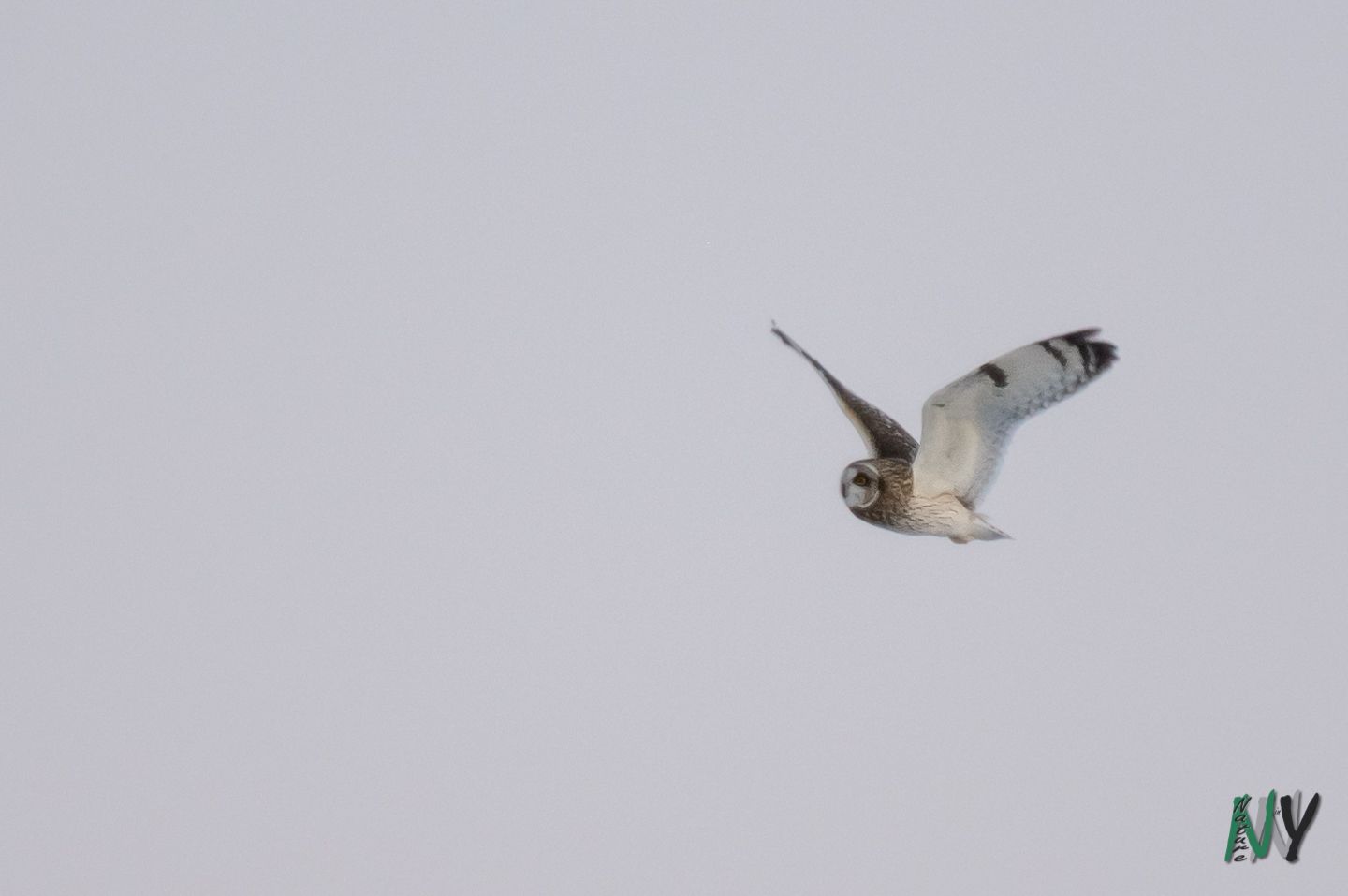
Short-eared Owl numbers that winter in our region vary greatly annually based on ecological factors found on both the breeding and wintering grounds. The most important of these is availability of their primary prey, microtine rodents, wherever owls occur. While weather, habitat conditions and others factors determine local occurrence, abundant food availability is the critical factor. During high rodent years on their breeding grounds pairs raise large broods. When these cyclic prey largesse diminish, adults and young head for greener pastures in search of rodents. Populations of species that feed primarily on small rodents can fluctuate greatly over time.
This winter a significant number of this nomadic owl species have found a winter residence in our region. Numbers present are the highest present in six or more years, with multiple sightings of wintering owls throughout our region on both sides of the international border. Fortunately a pandemic that impacts a few mammals does not restrict their crossings of the international border. These largely Arctic Tundra breeders will probably remain at suitable wintering sites into March before beginning to drift back north. Most will have departed by mid-April and any present in May could be possible breeders.
This species is one of the most interesting, and sometimes the most observer frustrating raptors of Eastern North America. They night roost in groups. These are usually, but not always, in dense vegetation on the ground. These roosts can be used by wintering birds for many seasons or changed frequently depending on disturbance and hunting conditions. A few birds may hunt in broad daylight but most leave the roost from 45 minutes before sunset to after it’s pitch-black. Weather, food availability, and competition from other mouse raptors all seem to have an impact on when the roost is evacuated in the evening. All seem to re-enter the roost before dawn, thus they are rarely seen in the morning.
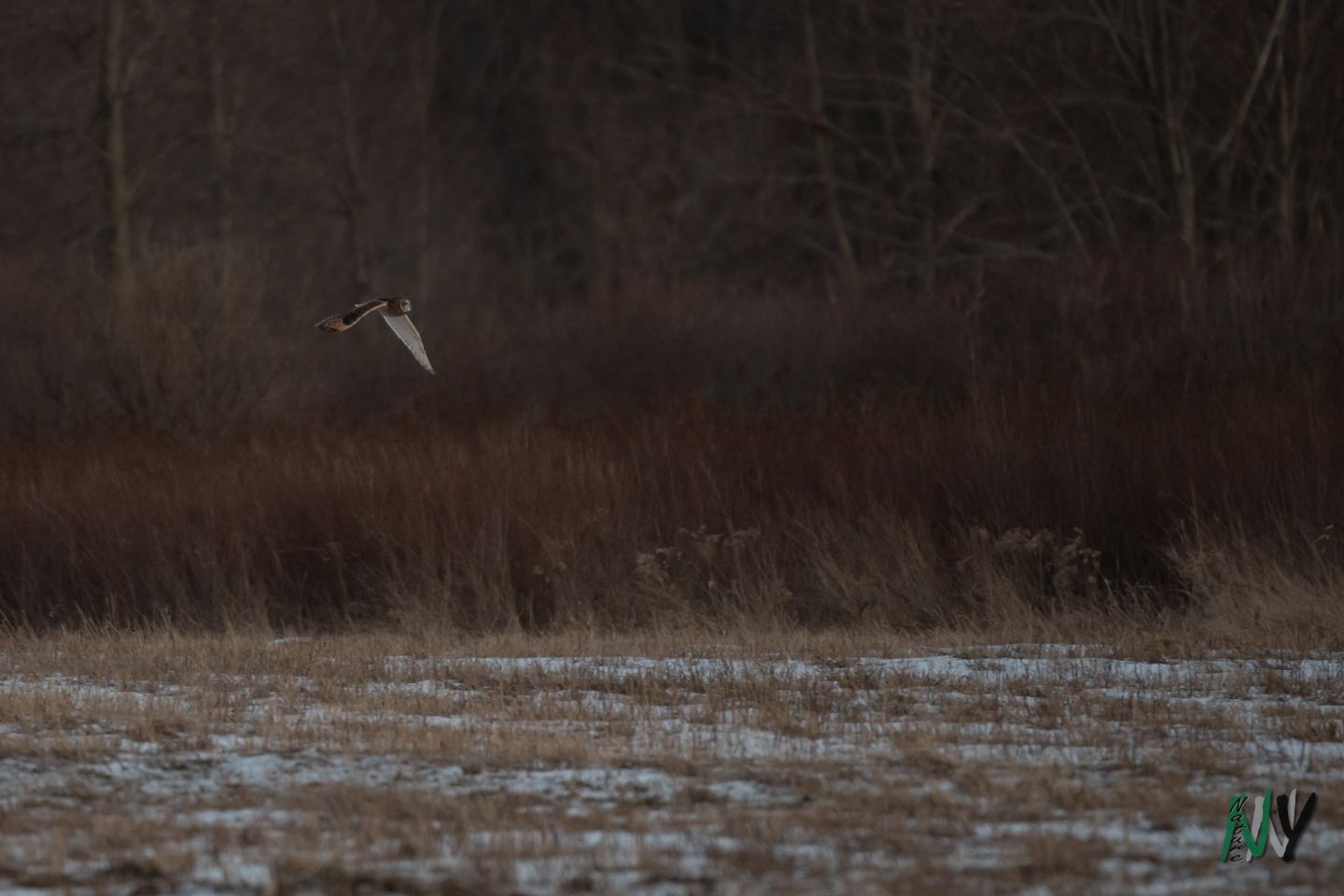
Thus, unless observers have night vision optics, Short-eared Owl is a difficult species to see, let alone study. Detailed studies of this widely distributed circumpolar owl are surprisingly few. Most studies focus on its food habits, making the primarily rodents consumption pattern well documented. The species has a large, but spotty, global distribution. No doubt this has been greatly aided by their strong flying abilities. At first impression a hunting Short-eared Owl appears much as a large buff-colored bat flying low. Such local movements give no hint of the strong, powerful, cruising flight that has carried these owls to islands in the Pacific.
When they are present in significant numbers, opportunities develop to observe these interesting and enigmatic creatures. Uncut grasslands without lots of brush can be excellent places to look for these birds. Parts of northwestern Jefferson County, NY and the Canadian islands south of Kingston, ON, are particularly favored. This year if there are extensive areas of unmown grassland in your neighborhood - check it out. The last 90 minutes before local sunset until the time when the birds may no longer be seen is the best time to search. Even if no Short-eared Owls cooperate, this is a good time of day to find Snowy Owl.
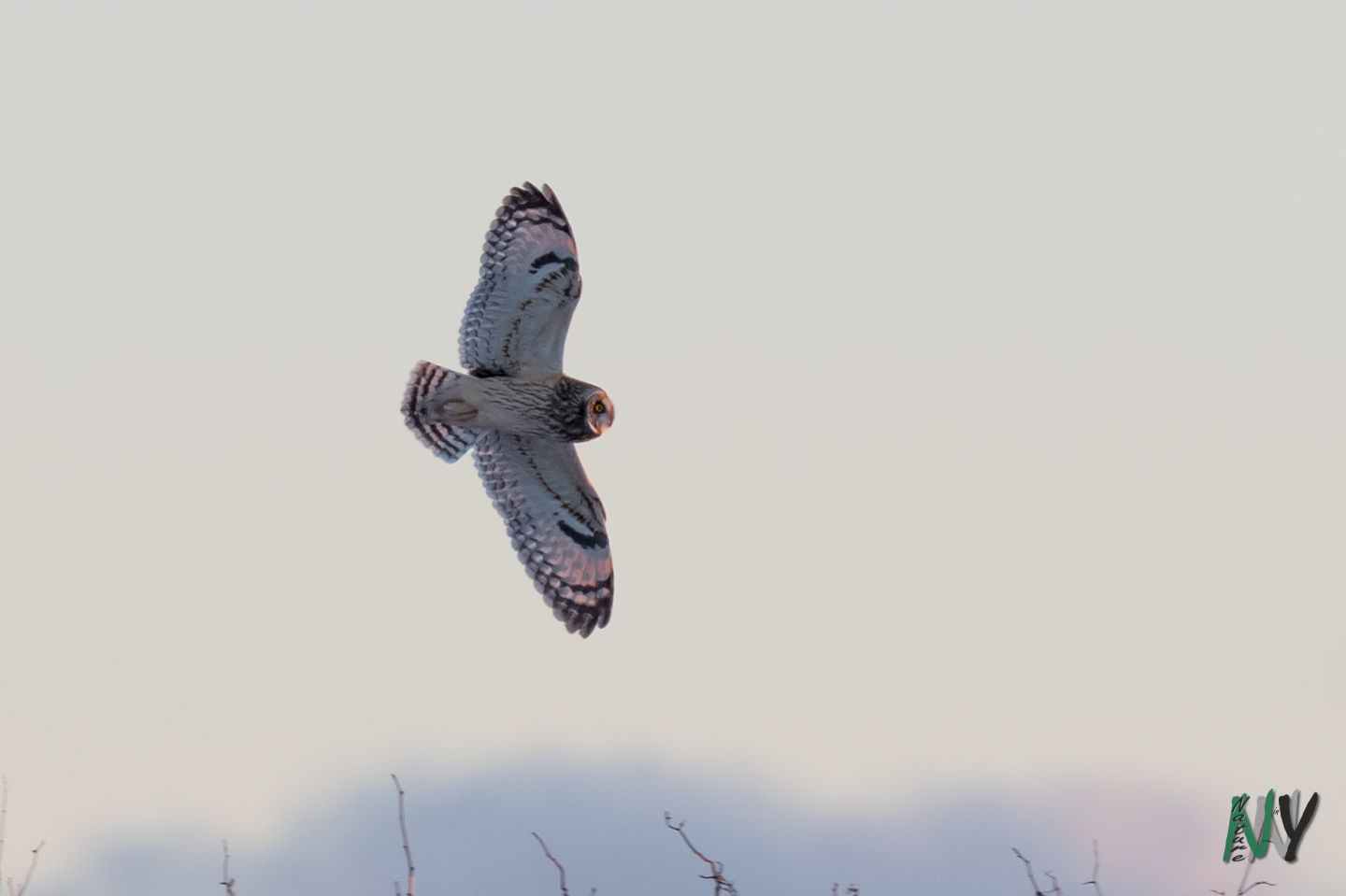
If one finds three or more Northern Harrier in an area of grassland, pay particular attention to the possibility of Short-eared Owls being in that neighborhood. These two raptors are ecological replacement species with the harriers forming the day shift and the owls the night shift. They have similar night roosting habits at locations often in close proximity to each other. Thus I consider the hawk to be a trace bird for the owl since often the two occur together. The observer lucky enough to find a roost where the species co-occur can be in for a treat.
CAUTION NEVER enter a field where either may be roosting as this is extremely disturbing and may force the birds from the area.
The reason for such caution is simple - to them, the person with binoculars or camera is a potential predator. Once a predator has found their night haven, the risk of remaining there outweighs the value of food resources present, and other factors. The harrier is a threatened species in New York and the owl is classified as state endangered. Thus, legal penalties for disrupting these birds are possible. I raise this issue because owls, in particular, are now adversely affected by well-meaning observers who do not realize the harm they do by chasing that "perfect picture".
Although locally wintering Short-eared Owls and Northern Harriers have great ecological similarities, there are key differences. The most important is that owl can persist even when there is significant snow cover. Depths of six inches or more for extended periods will push most harriers southeast toward the less snow covered mid-Atlantic regions. Short-eared Owls however can persist through the winter largely because they can hunt by ear. They hear their prey under the snow and can conduct successful strikes on the vole that never sees it coming. While harriers do hunt to some degree by ear, it appears that this talent is less well developed in the hawk than the owl.
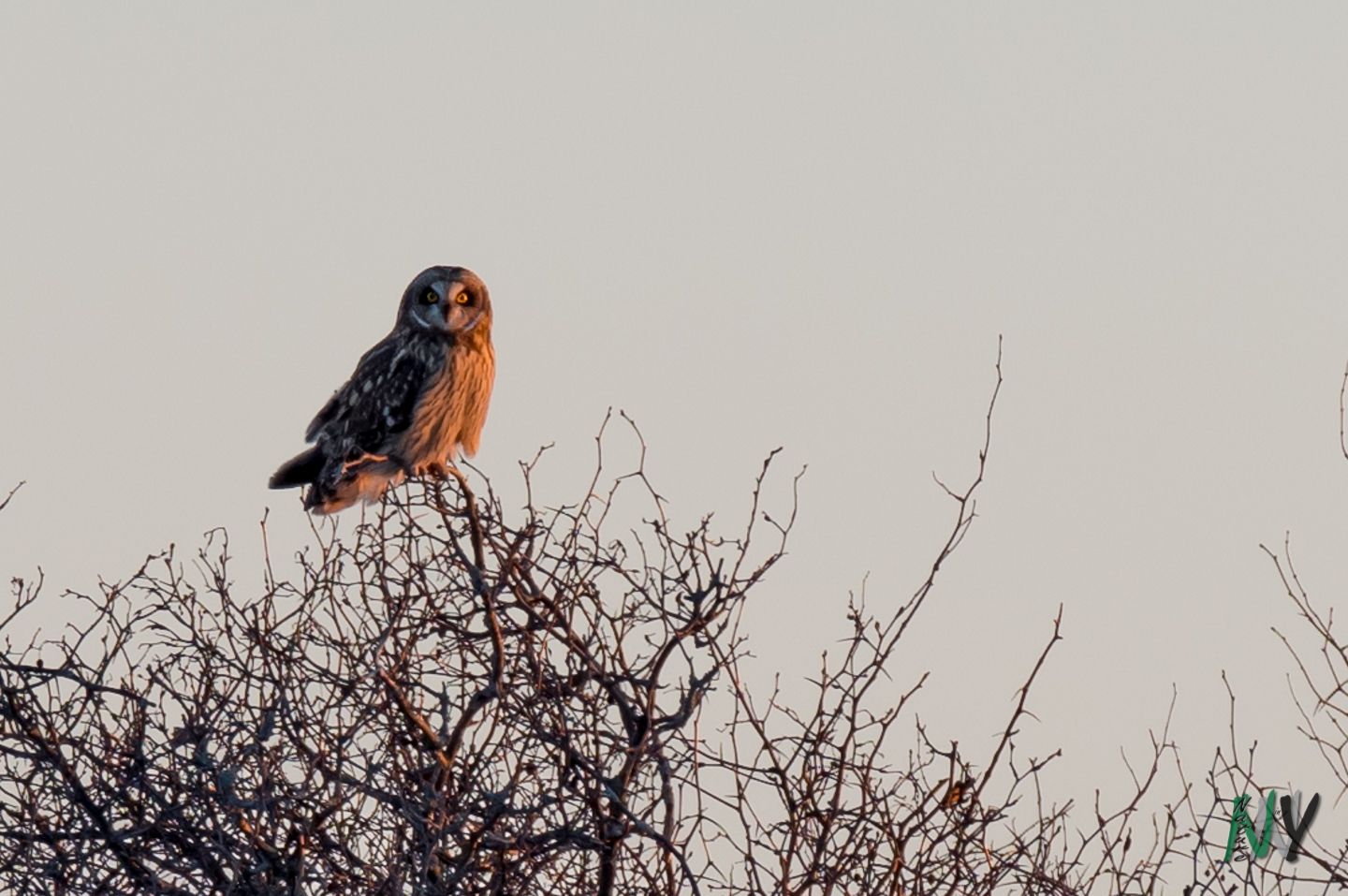
So the winter of 2020-2021 has many incentives for socially distanced field work to raise our spirits. Given the irruptions of finches and raptors, one should use the late winter and early spring to observe nature to whatever degree local pandemic control orders permit. Short-eared Owl and other northern raptors are by now engaged in their often-spectacular courtship displays, something to definitely watch. If one is lucky enough to find Short-eared Owl in New York, let the Department of Environmental Conservation (DEC) know. I assume the Ontario MNR would also be interested. For those with e-bird tendencies, data submitted is valuable but I recommend NOT providing good location information for any owl species.
Good birding and enjoy the winter raptors of 20-21 – they will soon be headed north.
By Sherri Leigh Smith, photographs by Julie Covey
Sherri Leigh Smith is the Senior Ornithologist in northern NY. He is passionate about birds and their conservation. Sherri Leigh has written numerous articles for TI Life, and you can see several of them here.
Editor’s Note: This editor is both pleased and appreciative to Sherri Leigh Smith for taking the time to help us understand more about nature in the islands. She and nature photographer Julie Covey, have provided a wonderful sample for the fall of 2020 and the winter of 2021. Already I am getting better at looking at the sky and those flying by.


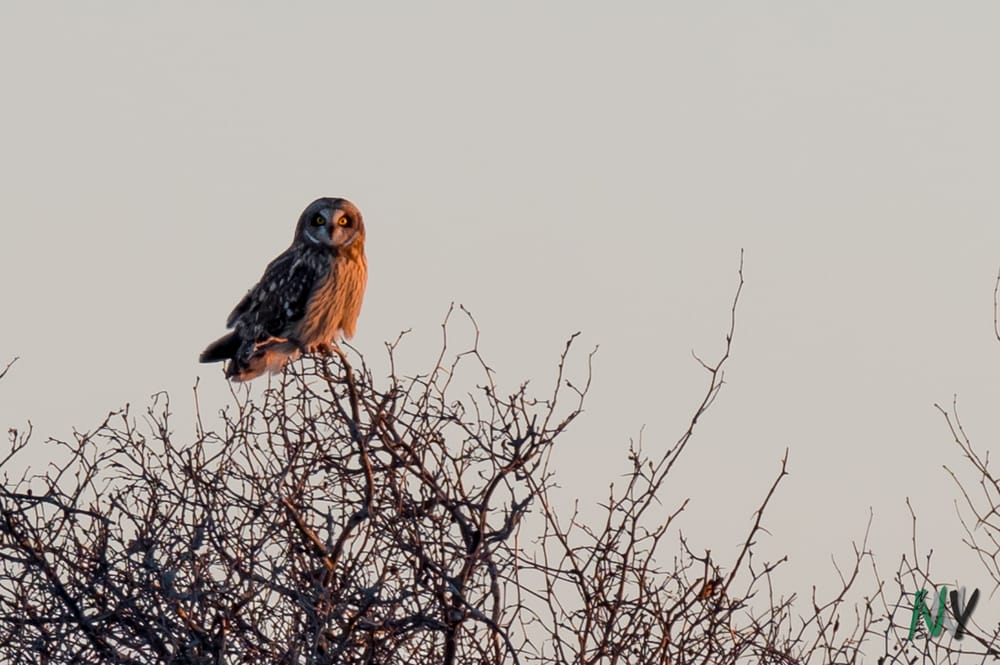
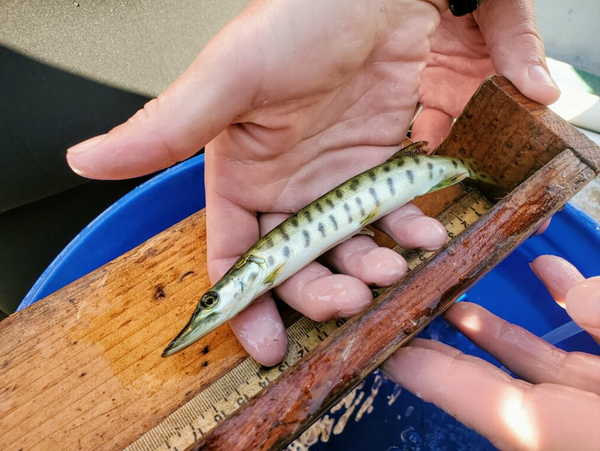
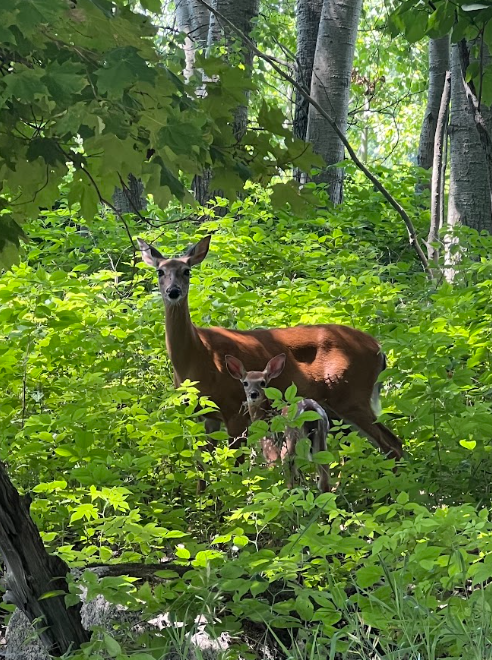
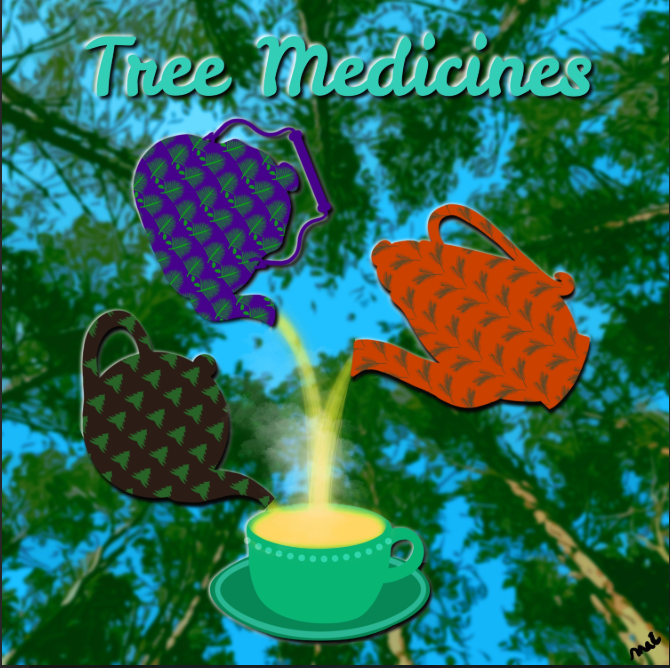
Please click here if you are unable to post your comment.